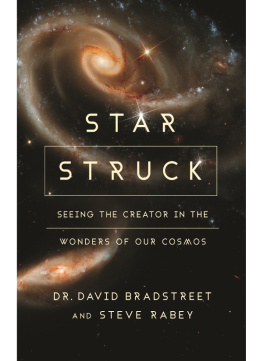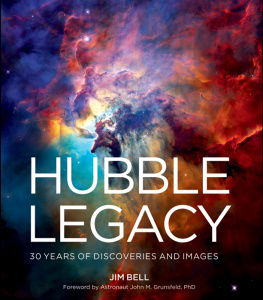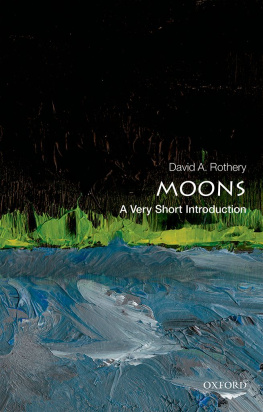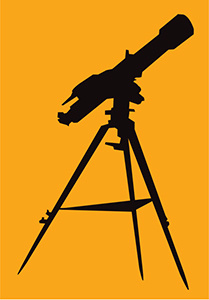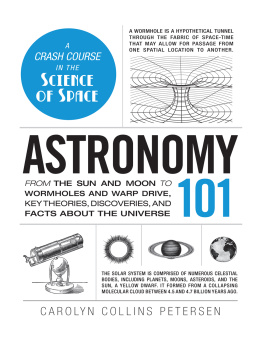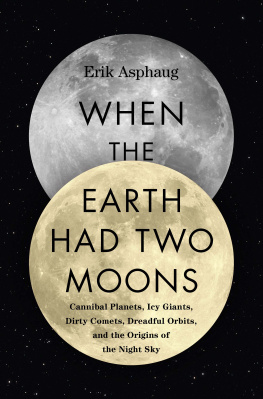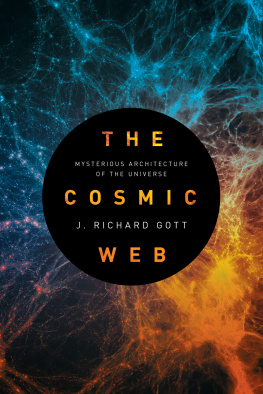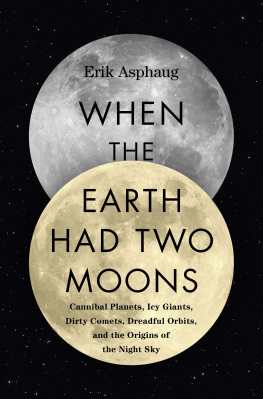Table of Contents
Guide
Will Kalif is a writer, webmaster, and an avid telescope enthusiast currently living in New England. He worked a full career in a variety of fields including robotics, computers, and electronics. He has been passionate about telescopes and the wonders of the night sky ever since he received his first telescope as a teenager. For several decades now, he has been making and using his own telescopes and helping other people enjoy the various things that can be seen on a dark and starry night. You can learn more about telescopes, telescope making, and astronomy by visiting his website at telescopenerd.com.
There are lot of excellent programs and websites that will help you learn more about how to use a telescope and how to find objects in the night sky. Here are some of my favorites.
TelescopeNerd.com. This is my website, with lots of resources on telescopes, astronomy, and tutorials on how to make your own telescope.
Stellarium.org. This is a free, open-source planetarium software that you download and install on your computer. With it, you can observe the night sky from any location on Earth, on any day, at any time, in the future or the past. It has a large array of objects in its database, including meteor showers, planets, the sun, the moon, and just about anything else you could want to see in the night sky. With planetarium software like this, the most useful function is the ability to see exactly what is available tonight and where it is located in the sky. This is a highly recommended, and free, program.
3towers.com. The website of the Grasslands Observatory, in southeast Arizona. Visit their website for a lot of great photographs of the Messier objects and other celestial objects, including Barnard Objects, planets, and much more. Their website is a great example of what amateur astronomers can do. They were kind enough to allow me to use many of their Messier object photographs in this book.
SkyAndTelescope.com. This is an excellent professionally run website that is the online companion to their magazine. Just about everything you could want is on their website, including star charts, lunar calendars, and more. They also have a great list of local astronomy clubs and groups; if youre looking to join one, visit www.skyandtelescope.com/astronomy-clubs-organizations.
WorldWideTelescope.org. An online planetarium by the American Astronomical Society. You can also download it and use it on your desktop.
GoogleSky (google.com/sky). The google maps version of the night sky. This is a wonderful graphic planetarium program with lots of rich imagery.
CometWatch.co.uk. If you are interested in hunting comets, this website keeps an updated list on them, when they occur, and where you can find them.
Deepskystacker.free.fr. This is a free software for stacking astrophotos. This is where the software combines a series of digital photographs together to make a single photograph that is brighter and more detailed; it also controls and removes noise.
Stark-labs.com/phdguiding.html. This software is for taking long exposure photographs with an autoguider.
OBJECT TYPE: Moon
APPARENT MAGNITUDE: -12.74 at full moon
SEASON: Available year-round for most of North America
DIFFICULTY: Easy

The best nights to view the moon are when it is less than full. This is because the terrain features, like craters and mountains, will cast very long shadows, making them very easy to see. Additionally, the reduced light from the moon will have less of an effect on your night vision and your eyes ability to see fine details. On average, the moon is 238,857 miles away from Earth.
This is the moving line between the dark and the light sides of the moonthe dividing line between night and day. And it is definitely a place you should explore with your telescope. At this point, the sun is low, the shadows are long, and many details are very easy to see. Explore the terminator!
Notice how much more terrain detail you can see in this picture as compared to the larger previous image of the full moon.

USING YOUR TELESCOPE
Is your telescope showing you an upside-down image of the moon? Dont panic! Learn why this is happening on .

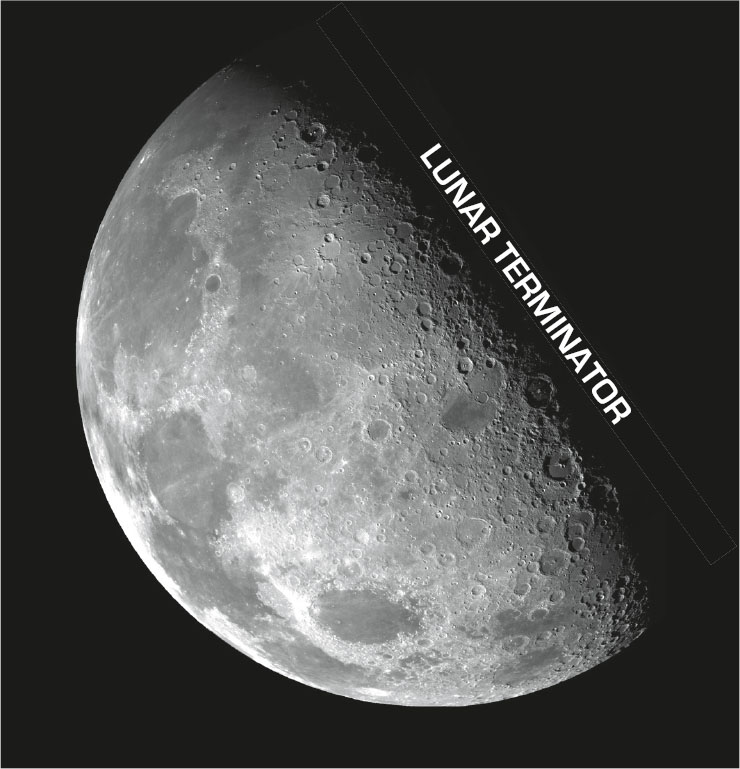
If you look at the moon without the aid of a telescope, you can see how the variety of dark and light areas could have been interpreted in ancient times as oceans and seas. We know now that they are not, but the nomenclature we use to identify these large terrain features still stays true to that old thought about bodies of water. We call them maria, which is Latin for seas. In reality, they are volcanic plains composed of basalt rock.
I have identified twelve seas and oceans for you. How many can you identify with your telescope?
Take special note of the Sea of Showers. We will be looking at this area later when examining the mountains on the moon.
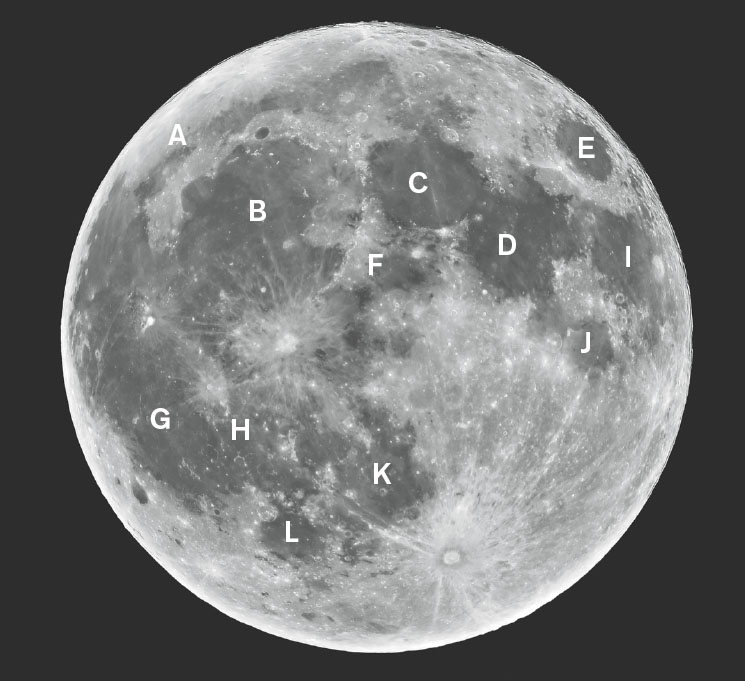
A Sea of Cold, B Sea of Showers, C Sea of Serenity, D Sea of Tranquility, E Sea of Storms, F Sea of Vapors, G Ocean of Storms, H Sea that has become Known, I Sea of Fertility, J Sea of Nectar, K Sea of Clouds, L Sea of Moisture
These craters are the result of meteors violently crashing into the moon. And there are thousands of them. But, this doesnt mean that they form every day. The kind of crash that leaves a crater we can see from Earth is an extremely rare event.
This graphic features some of the more prominent craters. How many can you identify with your telescope?
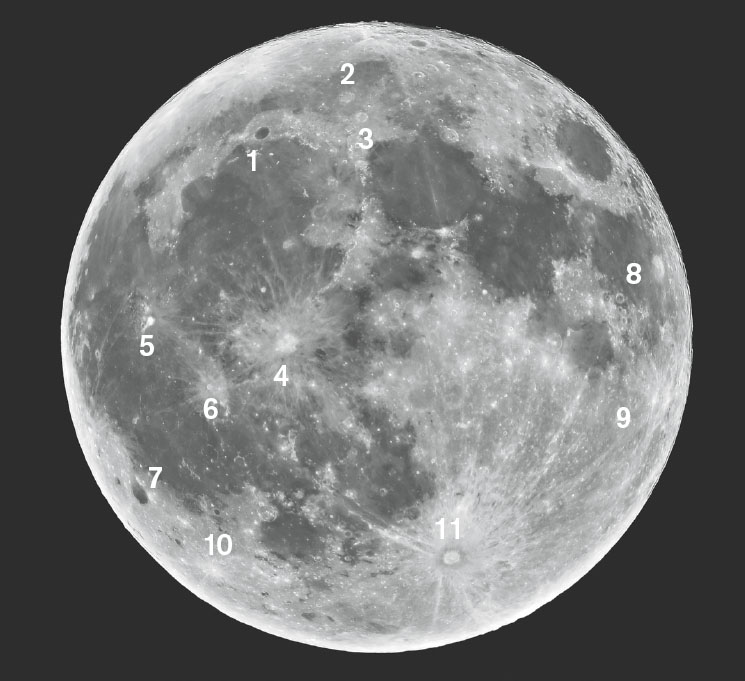
Plato, Aristoteles, Eudoxus, Copernicus, Arisatarchus, Kepler, Grimaldi, Langrenus, Stevinus, Byrgius, Tycho
Tycho is among the brightest craters on the moon. And it is one of the youngest. This youth is evident by its impact spray, which are light lines that radiate from it. These radiating lines are physically on top of older terrain features. Of course, using the term young can be a bit deceiving, because the crater is over 100 million years old.

TIME TO USE YOUR HIGHER POWERED EYEPIECES
Use your higher powered eyepieces to look around the moon. In particular, take a look at Tycho. It is an excellent example of the varied terrain on the moon and it will reveal plenty of details, depending on the phase of the moon and the angle of the sun. Can you see the peak in the center?
This photograph taken by the NASA Lunar Reconnaissance Orbiter shows a lot of detail in the Tycho crater. Notice how the central peak is very visible because of the long shadows.

Next page

